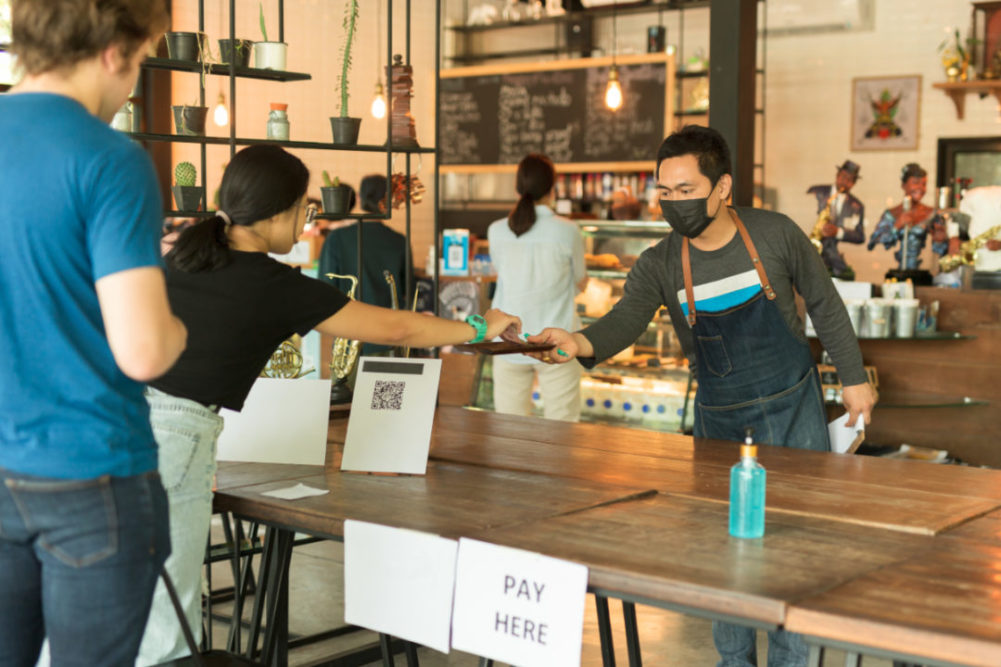CHICAGO – Supplying not only the food but other elements of the dining out experience can benefit foodservice operators struggling to offset lower dine-in traffic during the coronavirus (COVID-19) pandemic.
According to a recent survey of 1,000 meat-eating consumers conducted by Midan Marketing, consumers are still craving the food offered by restaurants as more have grown bored of cooking at home. Increased demand for takeout and delivery has continued while the number of consumers willing to dine in is declining and an increasing number of cities are limiting occupancy rates at restaurants heading into the winter months. Dine-in rates have plummeted from 76% of consumers prior to COVID-19, to 41%, according to the survey.
Midan’s survey found that takeout and delivery orders are increasing and consumers’ satisfaction with those experiences have been positive. Among them, delivery satisfaction was at 75% and takeout dining satisfaction grew to 78%. About 20% of consumers reported they plan to order more meals in the next several months. Among those actively ordering from foodservice outlets, about one-third reported trying a new restaurant, either out of boredom or to try a newly opened venue and many said they are supporting local businesses.
Fortunately for the meat and poultry industry, either meat or chicken are likely the main part of the meal of 80% of consumers’ favorite meals. Since the beginning of the pandemic, about 40% of diners reported craving meat dishes they cannot easily prepare at home, the Midan survey concluded.
The areas that survey respondents reported missing as they eat out less are the social aspect and the enjoyment of food perceived as being more difficult to prepare and cook at home, including steak, fried chicken and ethnic cuisine. Other findings from the survey included consumers reporting that they miss the dining out experience that their favorite restaurants provided.
“Finding opportunities to add the ambience of the dine-in experience for at-home consumption is how restaurants can deliver during the pandemic,” said Michael Uetz, principal at Midan Marketing. “Picnic baskets, candles, tablecloth, maybe a playlist – these items will help break the boredom consumers report having with cooking at home and bring the dining out experiences they crave into their homes.”
Uetz said foodservice operators can take advantage of the opportunities to appeal to consumers who plan to eat out more in the post-pandemic era, which includes millennials, Generation Z and households with children.
“There’s great opportunity for foodservice and retailers to form valuable partnerships. Survey respondents are craving that restaurant dining experience but are not yet comfortable dining out,” Uetz said. “Restaurants can market key menu items by partnering with retailers, offering products to new and existing customers for in-home dining.”


